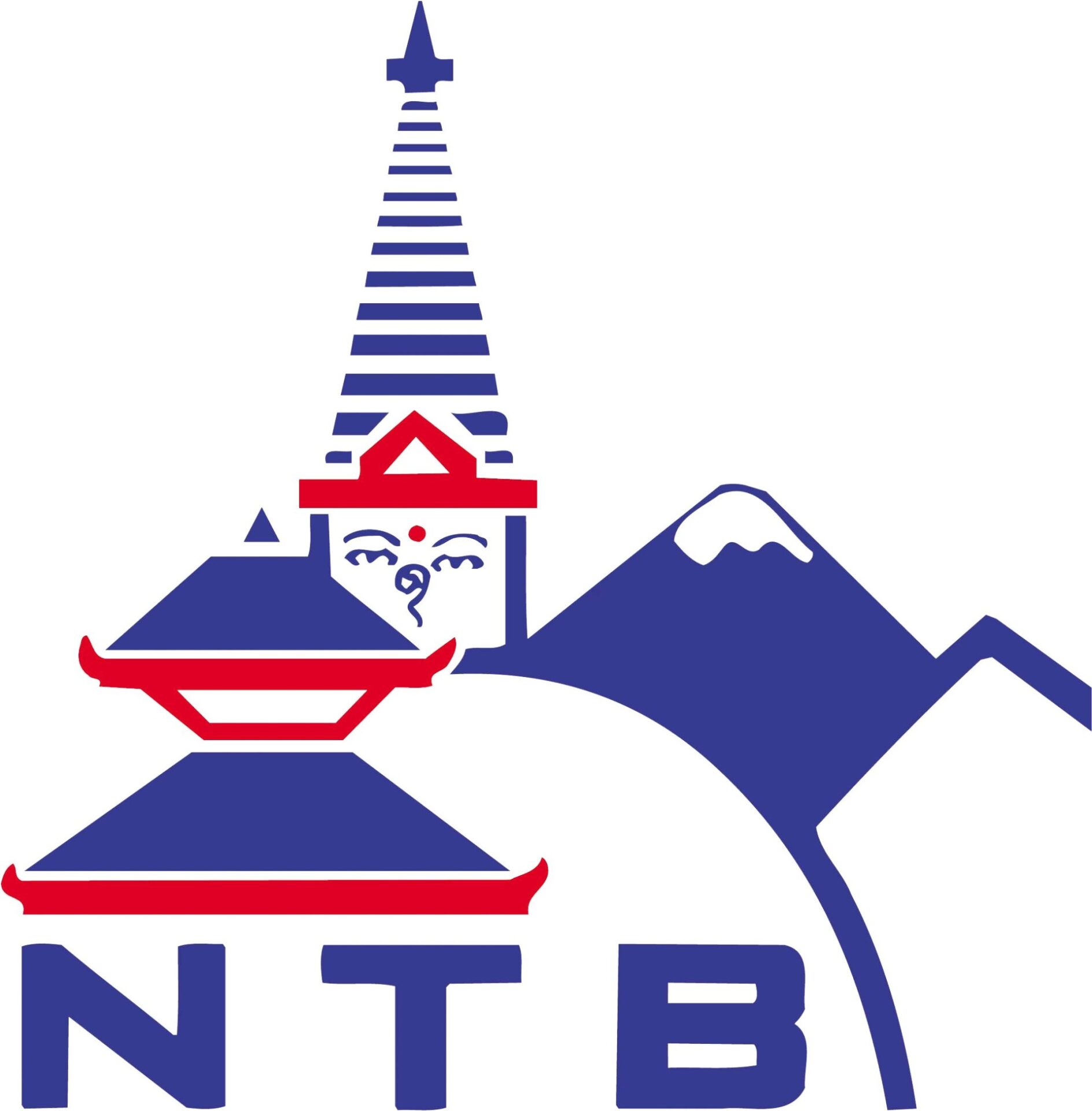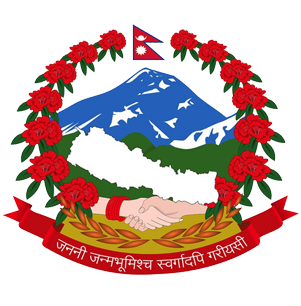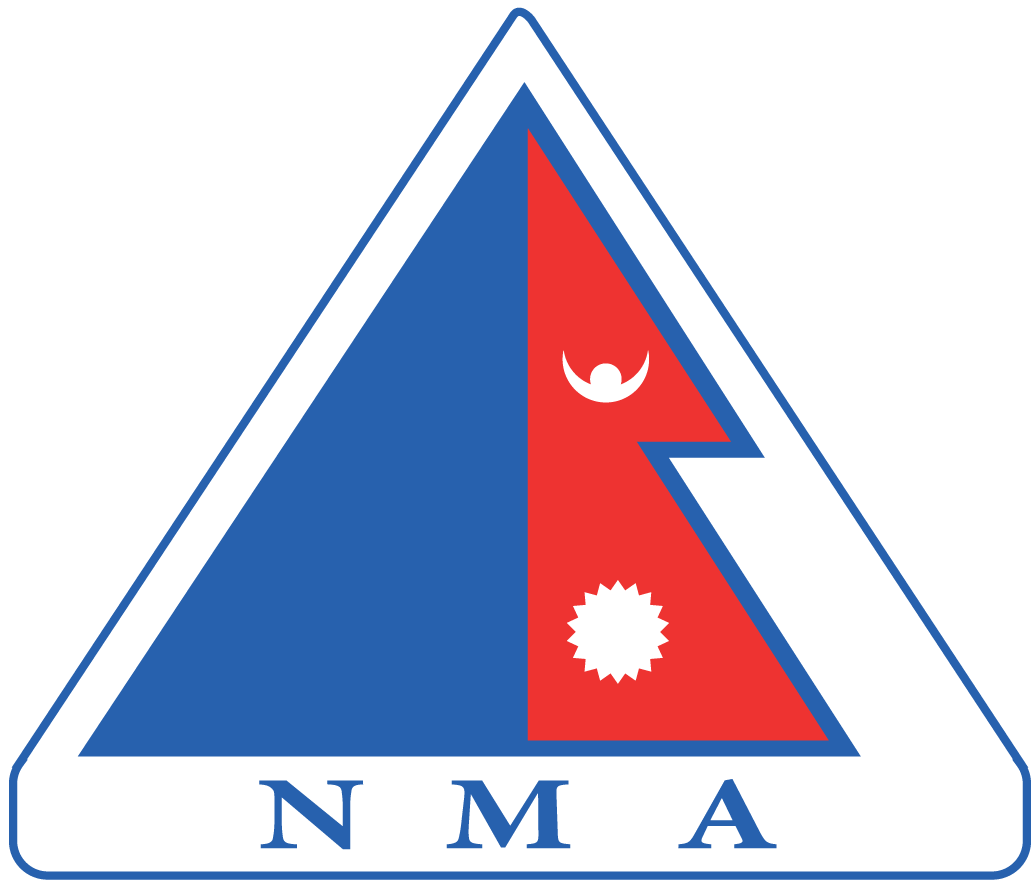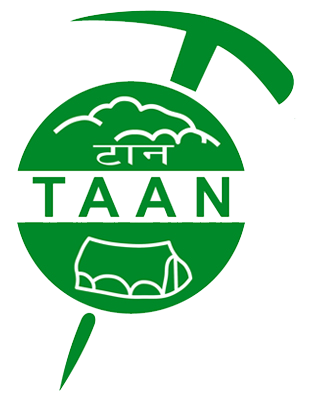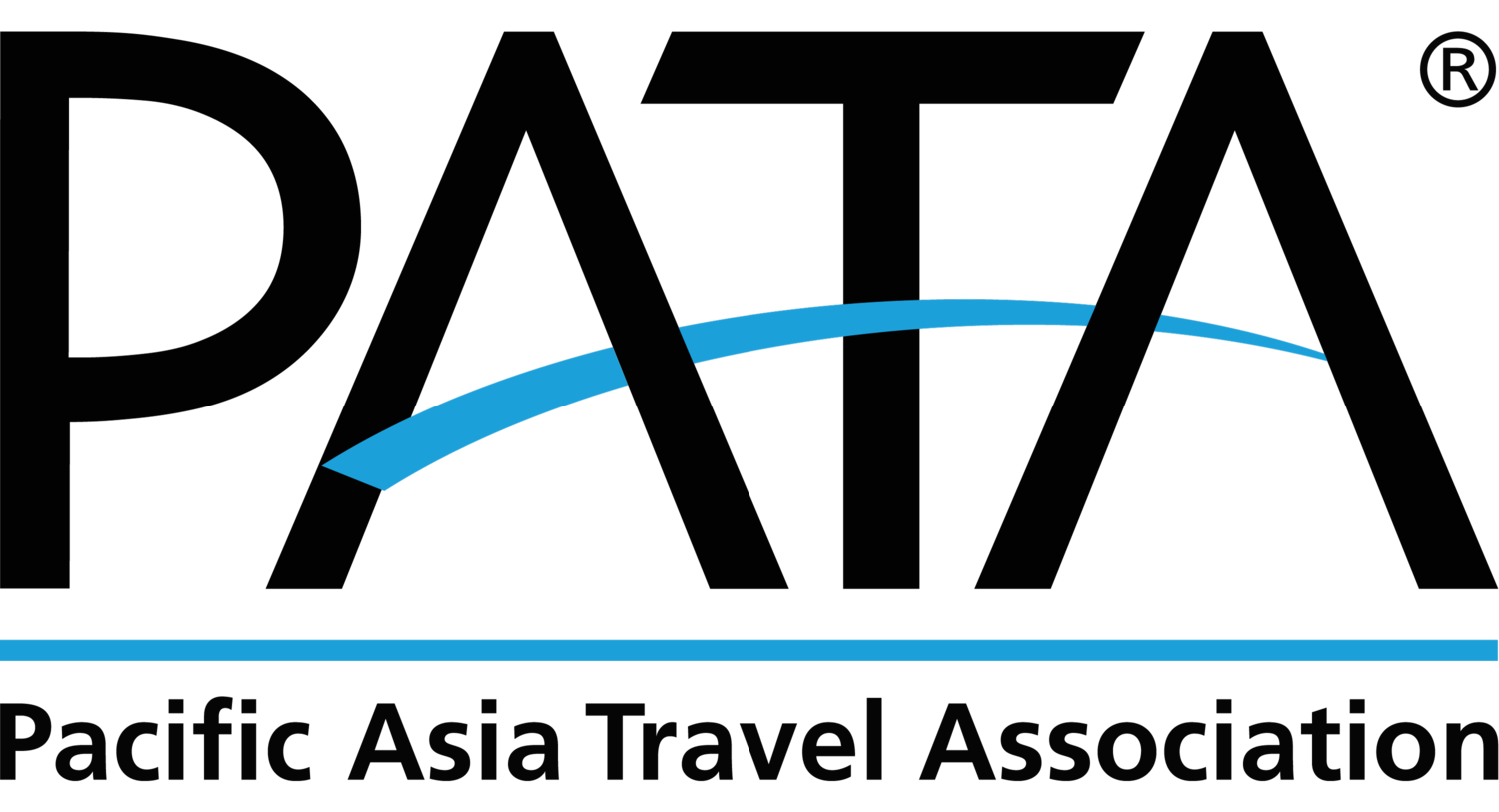Everest Region Travel Guide
Everest Region Travel Guide: Treks, Culture, and Adventure in the Himalayas
The Everest region, nestled in Nepal, is a trekker’s dream, boasting paths like the Everest Base Camp, Gokyo Lakes, and the Three Passes trek. It’s not just the trekking that draws adventurers but the rich tapestry of culture and nature. Home to the Sherpa community, with their deep mountaineering roots, this region offers a glimpse into vibrant traditions and spiritual sites, including monasteries adorned with prayer flags. Trekking here transcends mere physical activity; it’s an exploration of stunning landscapes and the vibrant heart of Himalayan culture, promising an unforgettable journey with every step.
Trip Advised on This Region
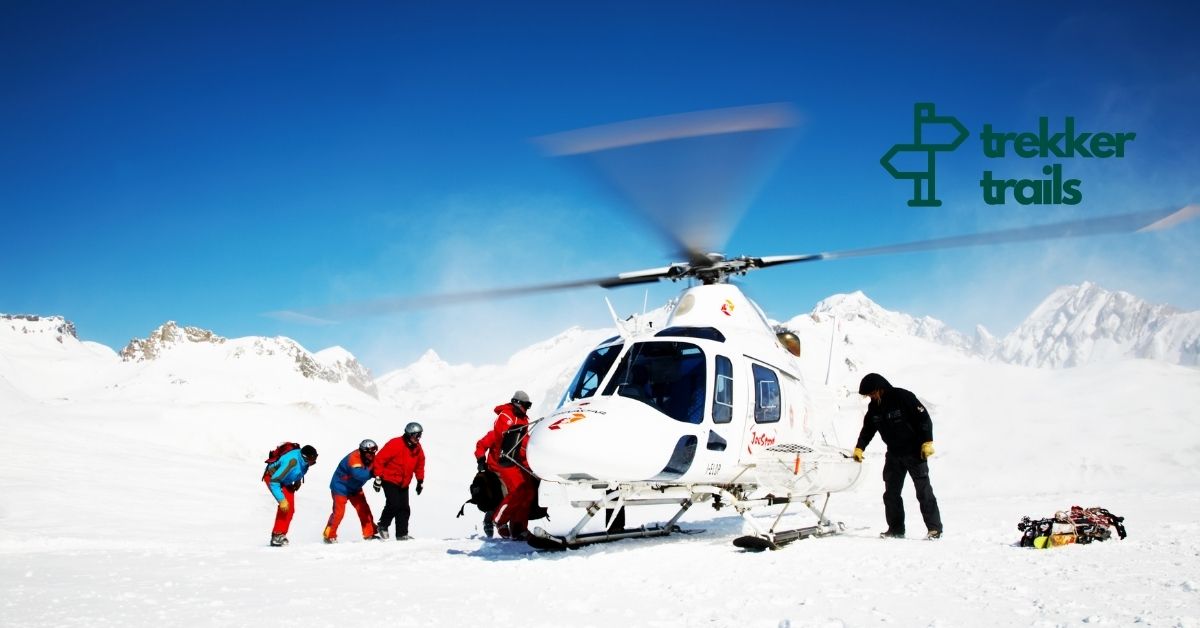
Everest Base Camp Heli Tour
Everest Base Camp Heli Tour: A Breathtaking Adventure!! The Everest Base Camp Heli Tour offers a thrilling and efficient...

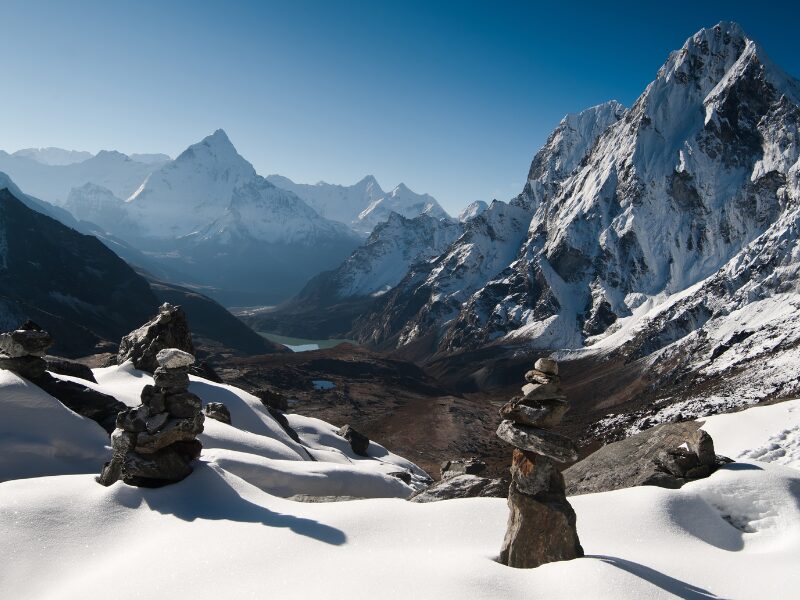
Cho La Pass EBC Trek
Cho La Pass EBC Trek – Embark on an Epic Himalayan Adventure!! Experience the breathtaking beauty of the Everest...

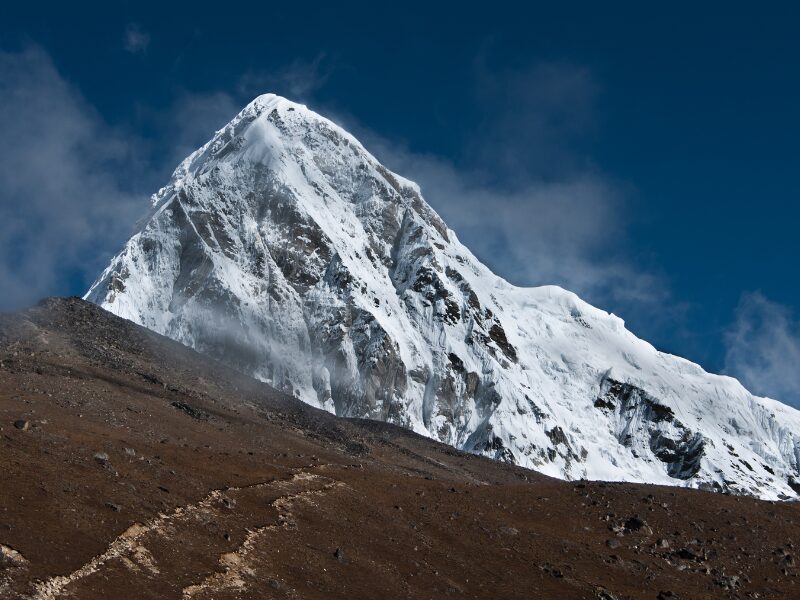
Everest 3 Pass Trek
Everest 3 Pass Trek: Experience Adventure in Nepal’s Khumbu Region!! The Everest 3 Pass Trek is a thrilling adventure...

Read More About This Region
Getting to Everest (Lukla)
Your gateway to the Everest adventures begins with a flight to Kathmandu, the capital of Nepal. From Kathmandu, the next leg involves a 25-minute scenic flight to Lukla, the starting point for most treks in the Everest region. These flights are highly weather-dependent, so flexibility in your travel plans is crucial.
During the peak trekking seasons, to alleviate air traffic congestion in Kathmandu, flights to Lukla are often rerouted from Ramechhap, requiring a 5-hour road journey from Kathmandu. This additional step is vital for planning your itinerary, so consider it when booking your trek.
For those facing flight cancellations to Lukla or seeking an alternative entry point to their trek, helicopter services offer a less weather-dependent and more flexible, though costlier, option.
It’s wise to schedule your international departure a few days after your expected return from Lukla to Kathmandu. This buffer allows extra time for weather-related delays, ensuring you don’t miss your flight home and possibly enjoy additional days exploring or relaxing in Kathmandu.
- What is the distance from Kathmandu to Lukla?
The distance from Kathmandu to Lukla is 140 Km, whereas from Ramechhap to Lukla it is 74 Km. - What is the baggage allowance from Kathmandu to Lukla?
The baggage allowance from Kathmandu to Lukla is 15KG (10 KG luggage and 5KG hand carry) - What is the elevation of Lukla airport?
The elevation of Lukla airport is 2856m.
(Tip: Always try to book the first flight which usually takes place at 6:00 am or 6:30 am
as it has less chances of cancellation compared to the other flights)
Best time to trek Everest:
Trekking in the Everest region offers a unique adventure throughout the year, with each season bringing its own set of experiences. Here’s what you can expect:
- January: Cold but manageable. The trails are less crowded, offering a serene experience. Dress warmly in layers to enjoy the quiet beauty of the Himalayas.
- February to Early March: Expect cold nights (around -20°C) but clear skies and quieter trails. This period may coincide with the vibrant Holi festival, adding a cultural experience to your journey.
- Late March to April: A popular trekking time with warmer weather, longer days, and the trails adorned with blooming rhododendrons. You might encounter mountaineers preparing for summit attempts.
- May: The last chance before the monsoon, with good weather and the region buzzing with climbers’ activities. Summit attempts often happen in late May.
- June to Early September: Monsoon season brings daily rain, making trails muddy and increasing the risk of landslides. However, it’s less crowded for those seeking solitude.
- Late September to Early November: Post-monsoon, this is arguably the best trekking season with clear skies, comfortable temperatures, and lush landscapes. Be prepared for colder weather compared to spring.
- Late November to December: Cold temperatures returns, but with fewer trekkers, you’ll enjoy quieter trails and potentially lower travel costs.
So, it is best to choose your trekking time to Everest as per the followings:
- For clear skies and quieter paths, aim for the shoulder months of February to early March or late November to December.
- For vibrant cultural experiences, February to March offers Holi, and late September to October coincides with the Dashain festival.
- For the best overall conditions, late September to early November provides clear views, comfortable weather, and the chance to witness preparations for summit attempts.
Permits and Regulations:
When planning a trek in the Everest region, it’s important to secure the necessary permits and follow the regulations. The following are the permits that are required:
Khumbu Pasang Lhamu Rural Municipality Entrance Permit: Introduced on October 1, 2018, this permit replaced the TIMS Card. It costs NPR 2000 per foreign visitor and must be obtained locally—either in Lukla for those flying in or in Monjo for trekkers starting from Jiri or Salleri.
However as of 2023-24 season, the form can be filled online as for your convenience and you can just show it to the local office and get a trek card for it.
To fill this form, you need the passport copy, photo, itinerary details, duration date of entry and exit. The website for this is: https://trekcard.app/registration.
Sagarmatha National Park Entry Permit: Required for entering the park, this permit can be obtained for NPR 3000 per person either at the Nepal Tourism Board Office in Kathmandu or at the Park Entrance Gate in Monjo, where you can also find information about the Khumbu Region.
Additional Permit for Jiri to Everest Base Camp Trek: Trekkers taking the classic route from Jiri to Everest Base Camp need an extra permit for the Gaurishankar Conservation Area, available at the Nepal Tourism Board in Kathmandu for NPR 3000 per person.
Required Documents: For these permits, you’ll need your passport details. For the Gaurishankar Conservation Area permit, two photos and a completed short form are also required. Payments for all permits must be made in Nepali rupees.
Note: If you’re part of an organized trek, your trekking agency will typically handle the permit process for you.
Trekking Essentials & Pro-Tips
Packing List: For a journey in the Everest region to be successful, packing properly is essential. Pack layers of clothes that will keep you warm, good walking boots, a backpack that fits properly, all the gear you’ll need for sleeping, a headlamp, sunglasses, sunscreen, a reusable water bottle, trekking poles, and important documentation like your passport, permits, and travel insurance. Make sure your clothes have an outer shell that is waterproof, insulation, and base layers that wick away moisture. Remember that in the mountains, things can change quickly, so being ready is essential.
Altitude Sickness Prevention: Trekking at higher altitudes increases the risk of altitude sickness. Acclimate properly by going up slowly and giving your body time to adjust in order to avoid it. Plan leisure in acclimatization locations like Lobuche, Dingboche, and Namche Bazaar. Keep yourself hydrated, avoid coffee and alcohol, and be aware of the signs of altitude sickness. Bring altitude sickness medicine with you, and before you trek, get advice from a medical professional.
Communication: Even in remote areas, staying connected is important. Arriving in Nepal, get a local SIM card so you can stay in touch. In certain places, network coverage is available at teahouses, though it may be restricted at higher elevations. For emergencies, think about keeping a satellite phone or personal locating beacon (PLB) with you; these devices can be quite helpful in emergency situations.
Trips Advised For this Region

Everest Base Camp Heli Tour
Everest Base Camp Heli Tour: A Breathtaking Adventure!! The Everest Base Camp Heli Tour offers a thrilling and efficient...


Cho La Pass EBC Trek
Cho La Pass EBC Trek – Embark on an Epic Himalayan Adventure!! Experience the breathtaking beauty of the Everest...


Everest 3 Pass Trek
Everest 3 Pass Trek: Experience Adventure in Nepal’s Khumbu Region!! The Everest 3 Pass Trek is a thrilling adventure...

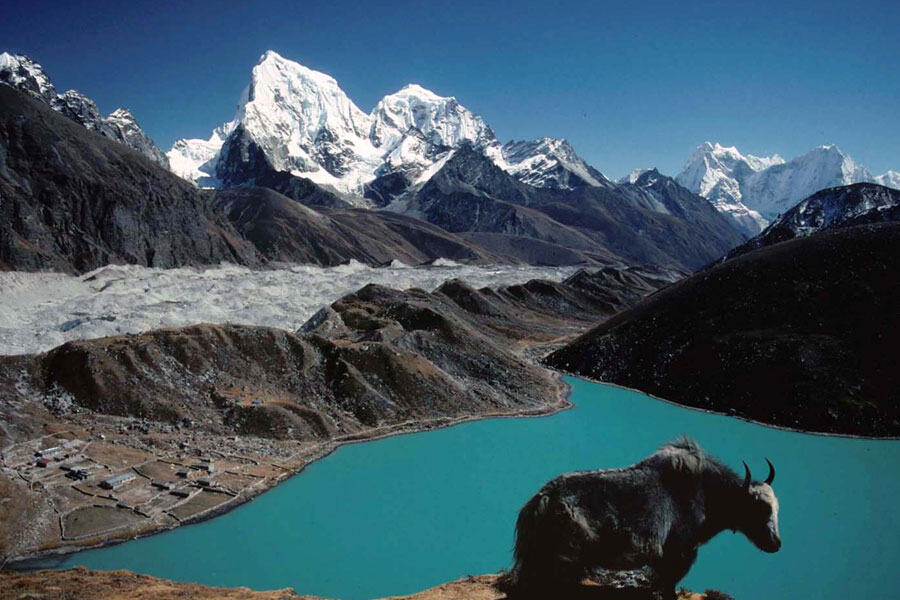
Gokyo Lake Trek
Explore the Spectacular Gokyo Lake Trek in the Everest Region!! The Gokyo Lakes are a series of glacial lakes...

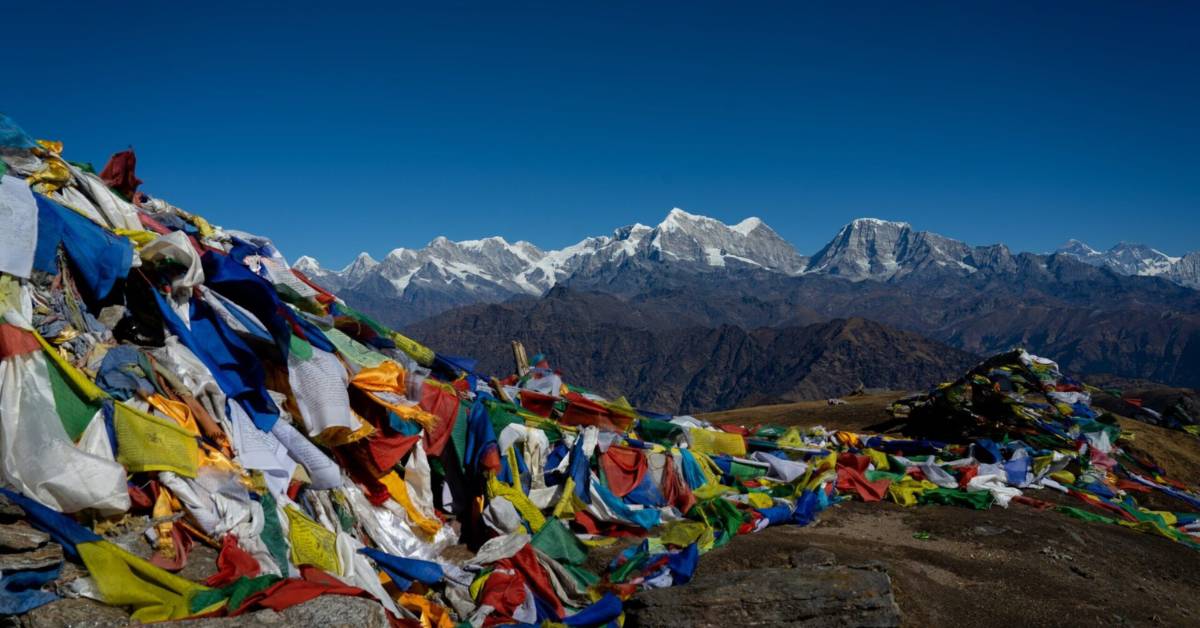
Pikey Peak Trek
Pikey Peak Trek – Stunning Views of Everest & Makalu!! Pikey Peak Trek (4065 m) is located in the...

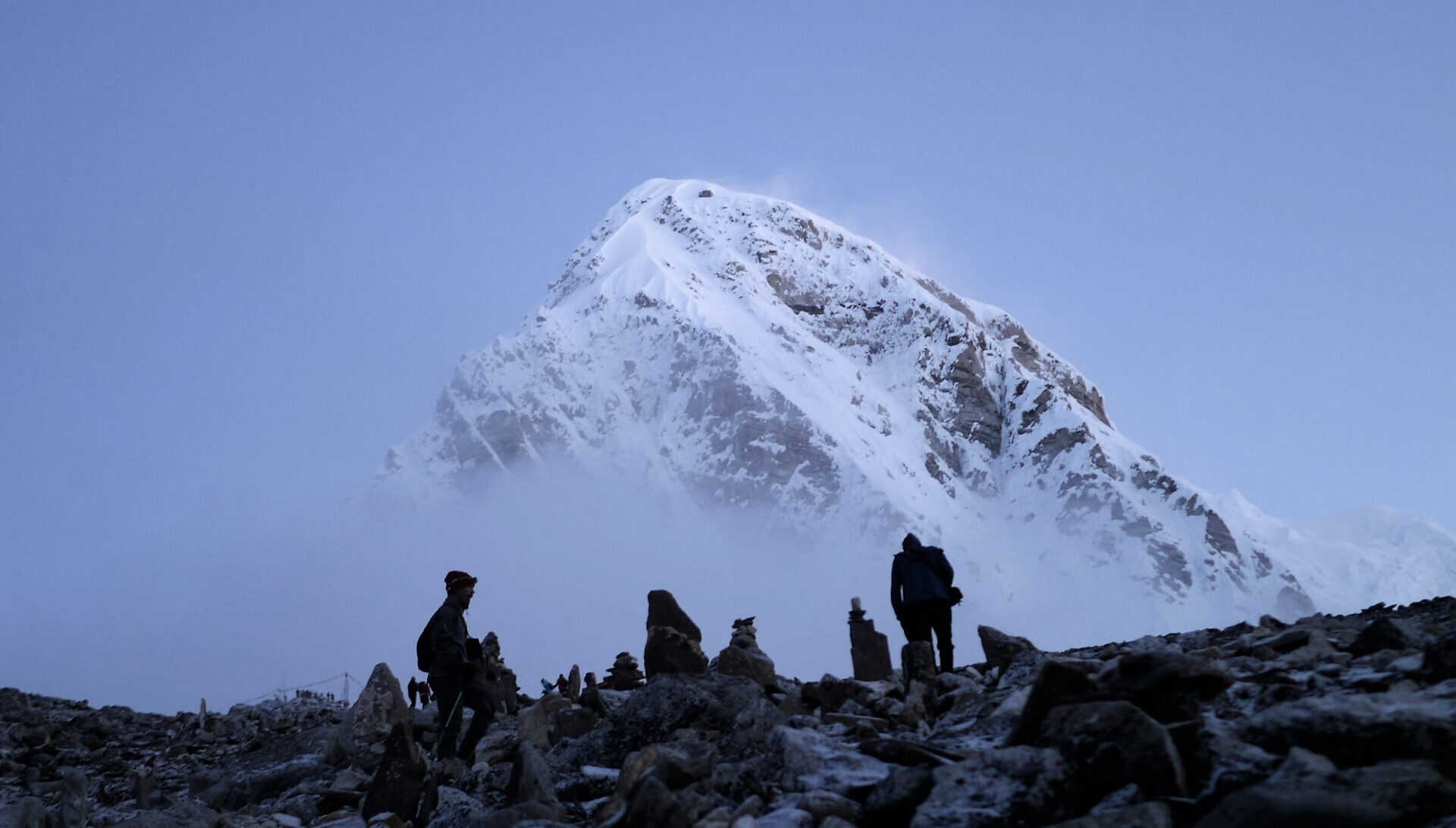 From $ 945
From $ 945
Everest Panorama Trek
Everest Panorama Trek: Explore Stunning Himalayan Views Now!! The Everest Panorama Trek is a perfect choice for those seeking...

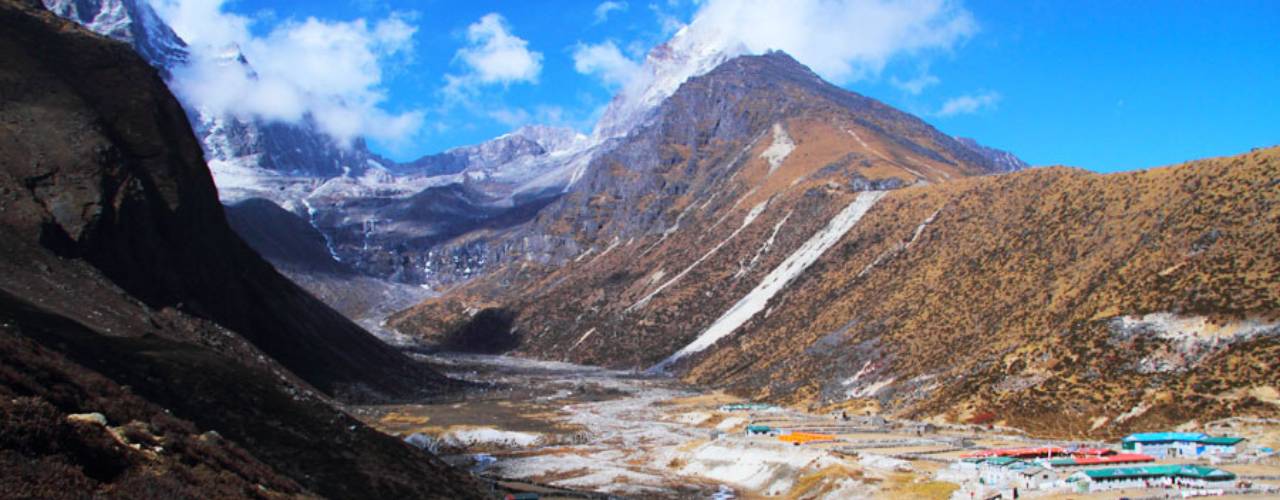
Everest Base Camp Trek
Ultimate Everest Base Camp Trek Adventure!! The Everest Base Camp Trek is a breathtaking adventure that takes trekkers through...



